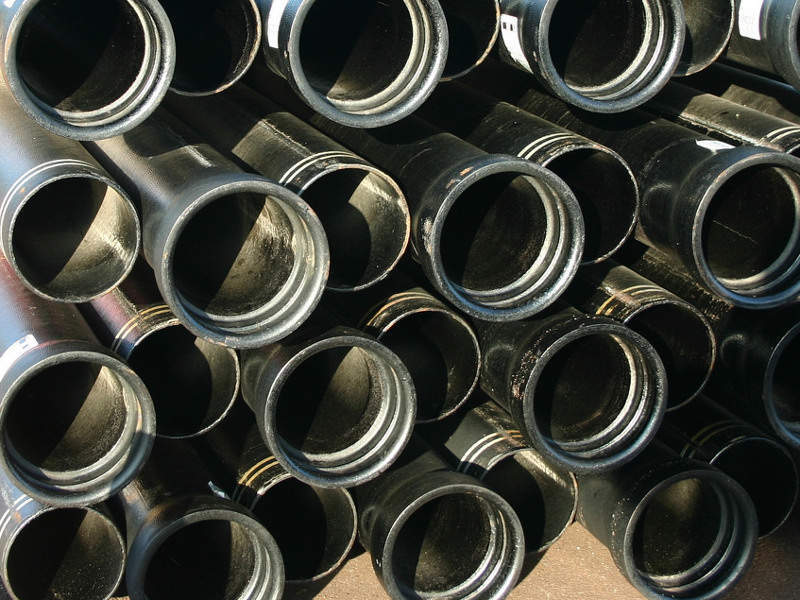AGL Energy proposes to build a LNG import facility at Crib Point, Victoria, Australia, to source liquefied natural gas (LNG) gas at competitive prices from Australian and international suppliers, and to deliver the regassified natural gas to customers in south-eastern Australia.
Estimated to cost $250m, the LNG import terminal will include a floating storage and regassification unit (FSRU) moored at the existing jetty at Crib Point.
APA, Australia's biggest natural gas infrastructure company, agreed to build and operate a new 60km-long pipeline connecting the gas import jetty with an existing gas pipeline in Pakenham, as part of a deal struck with AGL in June 2018.
The cost of the pipeline is estimated to be between $160m and $200m.
Project Gallery
-

The Crib Point LNG import facility will receive LNG from up to 40 LNG ships a year. Image courtesy of Amanda Graham.
-

Gas from the Crib Point LNG import facility will be supplied to customers in southern Australia via a 60km-long pipeline connected to Pakenham. Image courtesy of Montgomery County Planning Commission.
AGL also signed agreements with the Port of Hastings to use a berth at the Crib Point jetty, for the proposed LNG import project.
Final investment decision and environmental permits for the project are expected in 2019.
The Crib Point LNG import facility is anticipated to commence operation by 2021.
Details of the FSRU at Crib Point LNG import jetty
The FSRU is planned to be permanently anchored near the existing Berth-2 of the Crib Point LNG import jetty.
The FSRU will receive LNG supply from 12 to 40 LNG ships moored alongside the FSRU a year, depending on demand, for storage and regassification. The converted dry gas will be supplied via APA’s new pipeline to southern Australian states.
The Crib Point FSRU will be approximately 290m-long and 49m-wide and will have a draft of up to 12m. It will house up to six cryogenic storage tanks inside its hull, which are capable of storing up to 170,000m³of LNG at -161oC temperature.
The storage tanks will be segregated from the steel hull structure by thick insulation.
The FSRU will also have the facility to use seawater to warm the LNG for conversion into dry gas, which will be released into the pipeline at 60-80 Bar pressure and at 5oC temperature.
The Crib Point LNG import jetty will be fitted with onshore metering and odourisation facilities.
LNG import and gas supply from Crib Point
AGL had shortlisted LNG suppliers for the project and signed ten memorandums of understanding (MoUs) with industrial customers to supply up to 30 petajoules of gas a year from the import terminal, as of June 2018.
The project will have the capacity to supply up to 40 petajoules of natural gas a year.
Crib Point-Pakenham pipeline details
The proposed 60km Crib Point-Pakenham pipeline, to be built and operated by APA, will be a bi-directional pipeline providing connection to the existing pipeline system at Pakenham, while allowing gas flow from Pakenham as well.
The pipeline will be built with valves to facilitate future gas supply to communities along the route.
The pipeline will be made of high-strength steel with an epoxy coating on it, to ensure its strength to sustain large volumes of gas supply in the long run.
The pipeline will have a diameter of 6m and will be laid underground at 1.2m depth.
The easement width for the pipeline construction will range between 20m and 25m.
A hydrostatic test will be conducted on the pipeline to check its strength and capacity, before starting formal operations.
